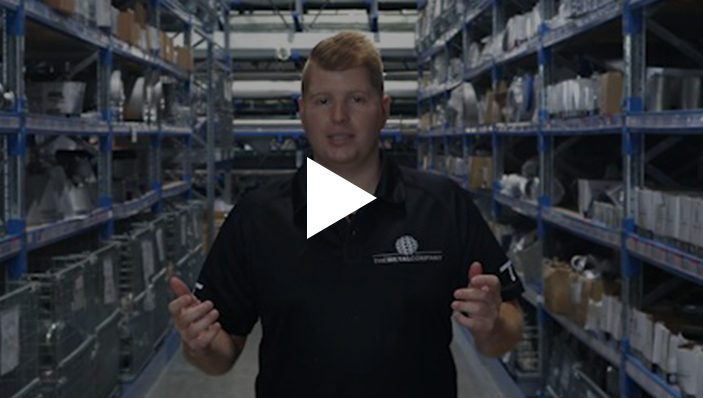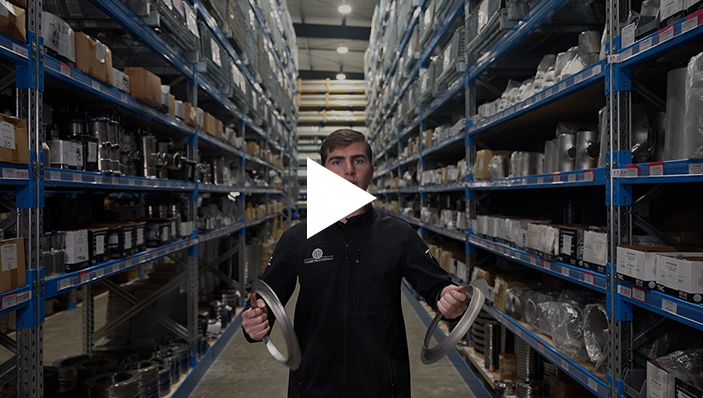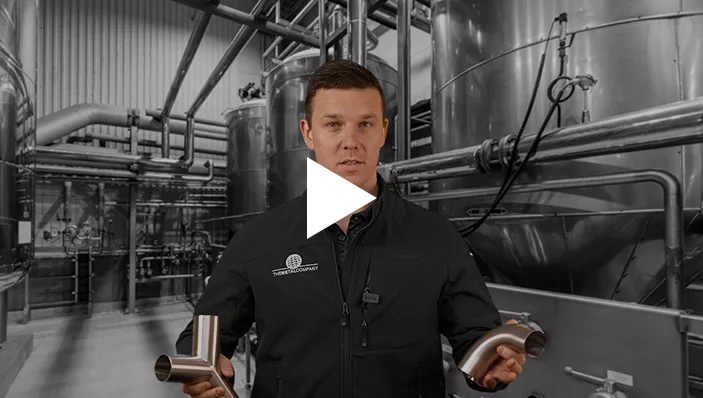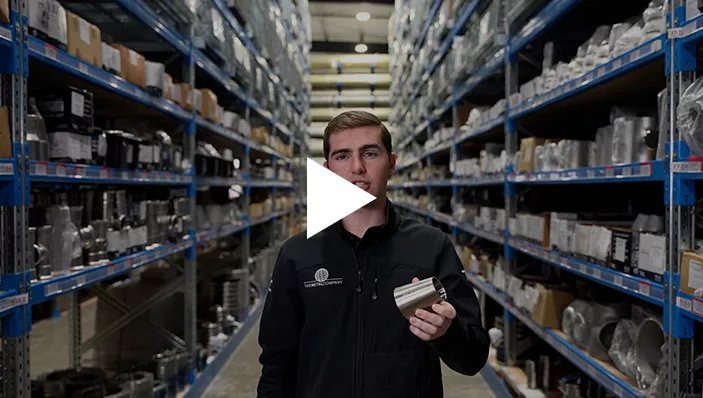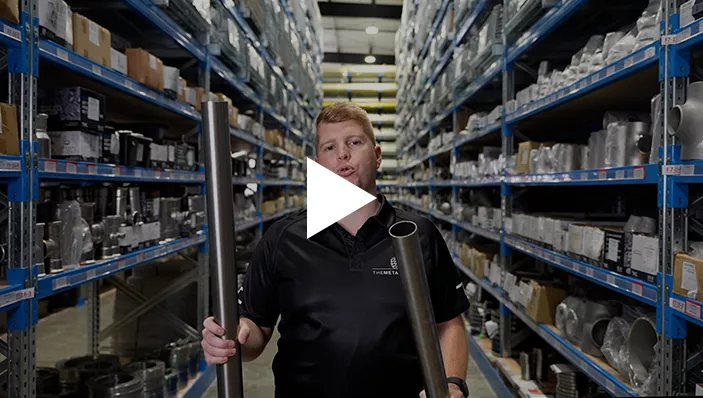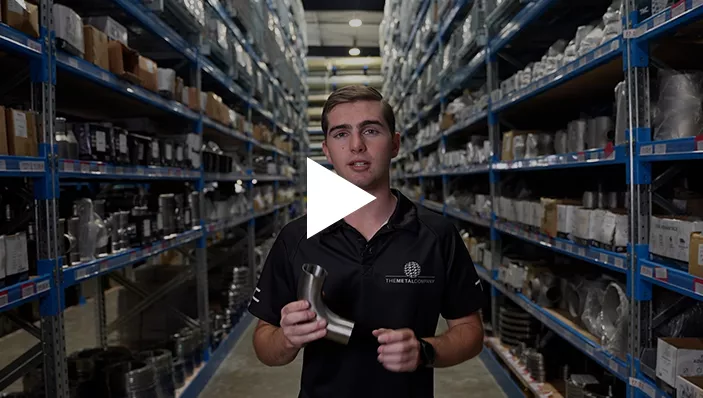TECHNICAL TUESDAY
What Is The Difference Between 304 & 316 Grade Stainless Steel?
Both 304 and 316 Grade Stainless Steel offer corrosion resistance, strength, heat resistance and are easily fabricated.
So what’s the real difference?
Both grades contain Chromium and Nickel but 316 also includes Molybdenum which increases corrosion resistance in some environments.
316 Stainless Steel has a higher resistance to pitting and corrosion when exposed to chlorides and non-oxidizing acids. This means it is the best option to use when exposed to saltwater or harsh environments.
Grade 304 is still highly resistant to corrosion and is suitable for use in any general applications, including sanitary process lines for food and beverage. 304 is typically a more economical choice especially when there is a lot of material involved.
It’s also wise to check what chemicals are being used in your line for both your main processes and your cleaning processes, and whether you should be using 304 or 316 for longevity.
304L and 316L stainless steel’s are a low carbon version of stainless steel that minimises carbide precipitation from welding, and means there is no need for post-weld cleanup. It is worthwhile to note the tensile strength is slightly lower than standard 304 or 316.
Learn about Stainless Steel and discover more about how we can help you with supply in your engineering business.
Watch the latest videos from The Metal Company to learn all about how our products and services can help you. We Make buying stainless steel easy.
More Videos about Stainless
What Is The Difference Between 304 & 316 Grade Stainless Steel?
Both 304 and 316 Grade Stainless Steel offer corrosion resistance, strength, heat resistance and are easily fabricated.
So what’s the real difference?
Both grades contain Chromium and Nickel but 316 also includes Molybdenum which increases corrosion resistance in some environments.
316 Stainless Steel has a higher resistance to pitting and corrosion when exposed to chlorides and non-oxidizing acids. This means it is the best option to use when exposed to saltwater or harsh environments.
Grade 304 is still highly resistant to corrosion and is suitable for use in any general applications, including sanitary process lines for food and beverage. 304 is typically a more economical choice especially when there is a lot of material involved.
It’s also wise to check what chemicals are being used in your line for both your main processes and your cleaning processes, and whether you should be using 304 or 316 for longevity.
304L and 316L stainless steel’s are a low carbon version of stainless steel that minimises carbide precipitation from welding, and means there is no need for post-weld cleanup. It is worthwhile to note the tensile strength is slightly lower than standard 304 or 316.
More Technical Tuesday Videos
You Ask, We Answer
Do you have questions regarding stainless steel, our products or our service? We would love to hear your suggestions for videos we could make.
